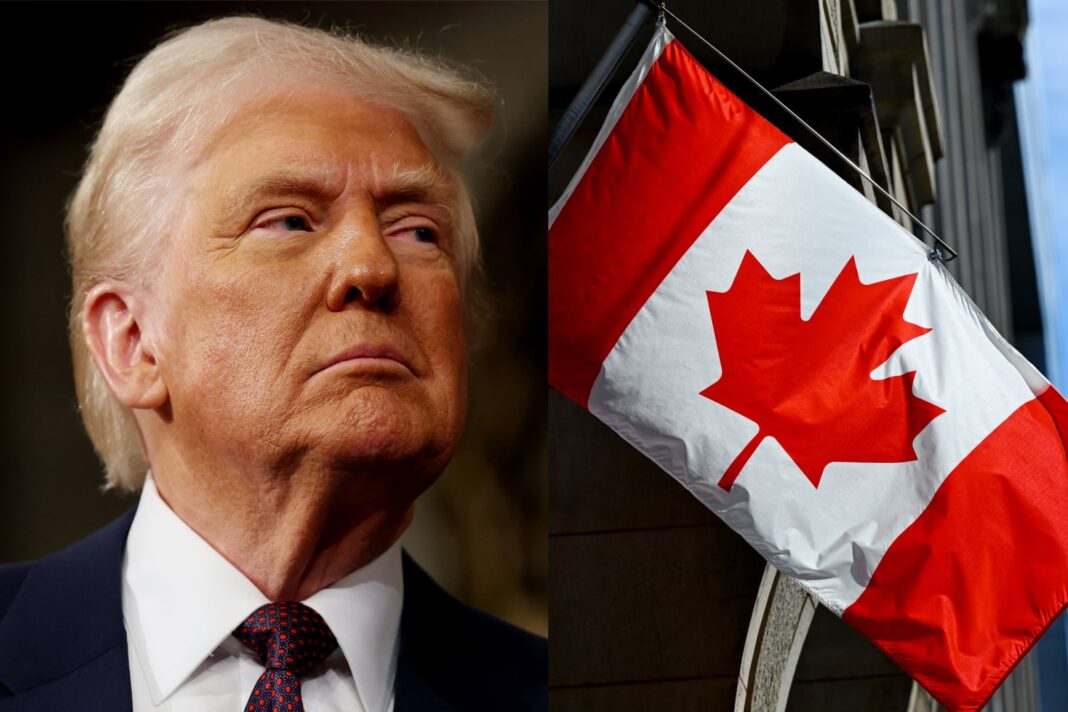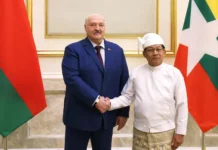Written by Lisa Murimi
President Donald Trump announced plans to impose a sweeping 35% tariff on Canadian goods starting August 1, escalating trade tensions just days before a key deadline for a new U.S.-Canada trade agreement.
The announcement came via a letter posted to Trump’s social media platform, Truth Social, in which he also threatened 15% to 20% tariffs on multiple U.S. trade partners.
Similar letters have been sent to more than 20 countries this week, with the European Union reportedly next in line.
Canadian Prime Minister Mark Carney responded by affirming his government’s commitment to protecting Canadian workers and continuing negotiations with the U.S. toward the July 21 deadline.
The proposed 35% tariff is separate from existing sector-specific levies already affecting Canadian steel, aluminum, copper, and automotive exports.
Trump claimed the new measure was in response to Canada’s trade surplus with the U.S., tariffs on American dairy, and what he described as a failure to curb fentanyl trafficking across the border.
“As you are aware, there will be no tariff if Canada, or companies within your country, decide to build or manufacture products within the United States,” Trump stated.
Trump hinted the tariffs could be lifted if Canadian firms relocate manufacturing to the U.S., and suggested they may be revised based on bilateral cooperation on fentanyl enforcement.
“If Canada works with me to stop the flow of Fentanyl, we will, perhaps, consider an adjustment to this letter. These Tariffs may be modified, upward or downward, depending on our relationship with Your Country,” Trump said
U.S. Customs data, however, shows just 0.2% of fentanyl seizures occur at the Canadian border, with the majority intercepted at the southern border with Mexico.
Canada, which sends nearly 75% of its exports to the U.S., could face significant economic strain, particularly in auto manufacturing and metals.
The Canadian government has already imposed limited retaliatory tariffs and pledged further action if no agreement is reached.
Both leaders recommitted to negotiations during the G7 summit in June. Whether that results in a deal—or a deepening tariff war—remains to be seen.



















